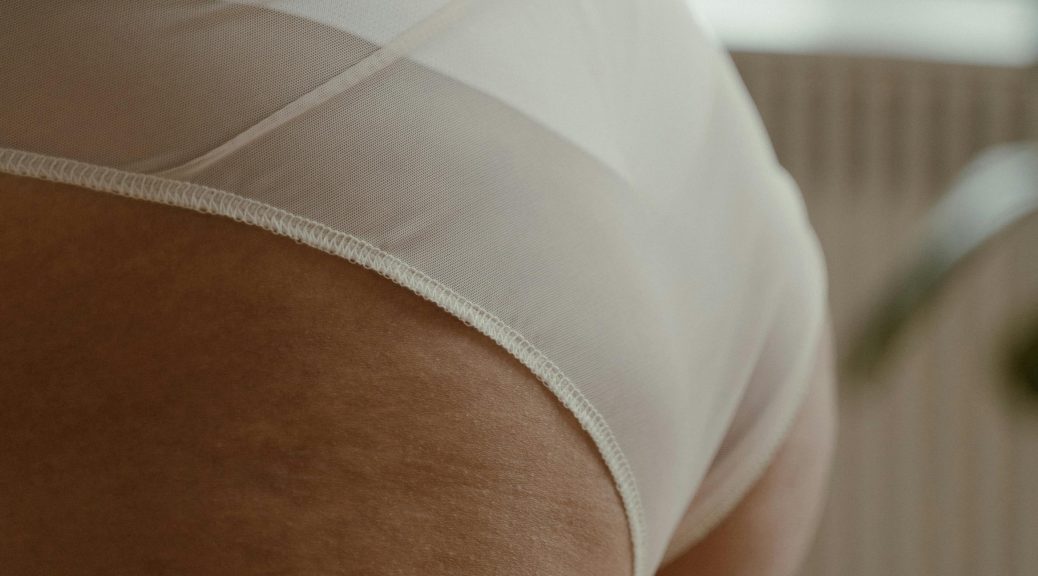
Cellulite Massage: Separating Fact from Fiction
Cellulite, the dreaded term that often evokes a sense of frustration among many women, has spurred a multibillion-dollar industry offering creams, wraps, and treatments promising miraculous reduction or elimination. Yet, much of this expenditure leads to disappointment, with scant evidence of efficacy. Scepticism looms over the credibility of research, as many suspect biased funding skewing results in favour of corporate interests rather than scientific integrity.
Massage therapists tout their techniques as cellulite solutions, citing studies supporting the efficacy of cellulite massage. But what exactly is cellulite? It’s not a disease but a condition marked by protruding fat cells, giving skin a dimpled appearance. Debates persist regarding its origins—whether metabolic waste buildup, poor circulation, tight clothing, or genetics play dominant roles. However, consensus points to hereditary predisposition and dermal thickness as significant factors, with men less susceptible due to their unique connective tissue patterns.
As for treatments, exercise and diet, while crucial for overall health, fall short of curing cellulite, largely determined by genetic predisposition. Creams, another popular remedy, lack substantial evidence of long-term efficacy, raising doubts about their ability to penetrate skin barriers and target fat deposits effectively. Endermologie, a widely recognized technique involving suction and deep tissue massage, offers temporary improvement but demands costly, ongoing sessions.
Cellulite massage, amidst its myriad benefits for body and mind, claims to alleviate cellulite by breaking down fat deposits and eliminating toxins. However, the link between lymphatic drainage and cellulite reduction remains unsubstantiated. Various other treatments flood the market, each boasting differing degrees of success. Amidst this sea of options, thorough research and scepticism are essential to avoid disappointment and financial loss.
One FDA-approved treatment, Vela Smooth, combines radio frequency, infrared light, negative pressure, and tissue manipulation to smoothen skin. Yet, even with regulatory approval, mixed reviews underscore the importance of cautious consideration before investing in any treatment. Whether opting for creams, devices, or massage sessions, diligent research and skepticism can safeguard against false promises and unwarranted expenses.